Please note: As we continue to learn more about COVID-19, the information in this article may change. You can find our most up-to-date information about coronavirus here.
As the number of COVID-19 cases rises across the U.S., many parents have questions about the delta variant and the safety of their children. To help you, we’ve compiled the answers to some of your questions about the delta variant and kids.
What is the delta variant?
The delta variant is currently the most common strain of SARS-CoV-2 — the virus that causes COVID-19 — in the United States, accounting for over 80 percent of COVID cases in July and August 2021.
Because viruses can mutate and change as they are passed from person to person, new strains, such as the delta variant, can become much more contagious than the original COVID-19 virus or any of the other COVID-19 variants.
The delta variant appears to cause about twice as many infections as the original COVID-19 virus. People infected with the delta variant have been reported to have much higher viral loads, or amounts of virus in their body, which is a reason the delta variant spreads more easily.
The highest spread of the delta variant is in places with low rates of vaccination. People who have not been fully vaccinated are at the highest risk of infection, illness, hospitalization and death.
What are symptoms of the delta variant?
Typically, the symptoms of the delta variant are the same as the original version of the COVID-19 virus and include:
- Fever
- Chills
- Cough
- Fatigue
- Muscle or body aches
- Loss of smell or taste
- Congestion or runny nose
Is the delta variant more dangerous for children?
While the number of COVID-19 infections in children is increasing, there is currently no definitive evidence that the delta variant is more dangerous for children.
Likely, the increase in the number of children infected with COVID-19 is due to the delta variant being more contagious than previous variants, and the fact that more children, compared to adults, are not yet vaccinated, leaving them more vulnerable to getting sick. Overall, serious illness in children is still rare compared to adults.
Currently at Children’s National, comparing the delta variant to other variants, we are not seeing any difference in how sick children get or how often they end up hospitalized. However, it is likely still too early to tell if the Delta variant is more dangerous for children.
Are vaccinated people protected against the delta variant?
From what we know so far, people who are fully vaccinated against COVID-19 continue to have strong protection against moderate to severe COVID-19 illness, as well as hospitalization and death. However, some people may still be infected with the SARS-CoV-2 virus or develop mild COVID-19 illness.
Why is in-person school so important?
As we’ve learned during the COVID-19 pandemic, going to school in person is how most children and teens learn best. In-person school is very important to child and teen development, well-being and learning. Many students also get vital resources they need to thrive when they go to school. Students learn social and emotional skills, get exercise and have access to mental health and other support services. For many families, schools are where children receive healthy meals, access to the internet and other vital services.
The American Academy of Pediatrics (AAP) supports keeping children safe and physically present in school, while urging masking, vaccination and other layers of protection to prevent transmission of the COVID-19 virus.
What are the best ways to protect children from the delta variant as they return to in-person school this fall?
- Get the COVID-19 vaccine if eligible. The most important thing you can do to protect your child from the delta variant, and COVID-19 in general, is to get fully vaccinated. All adults and children currently eligible for COVID-19 vaccines should get fully immunized as soon as possible. The COVID-19 vaccine offers the best protection against COVID-19 infection, severe illness, hospitalization and death. If your child is not eligible for the vaccine, the best thing you can do to protect them is to get vaccinated yourself and encourage all other adults in the household to also get vaccinated.
- Mask up! The American Academy of Pediatrics (AAP) and Centers for Disease Control (CDC) recommend everyone at school older than age 2, including students, teachers, administrators, staff and visitors, wear a face mask that covers the nose and mouth, regardless of vaccination status. Face masks are a simple and effective way to protect those who are cannot be vaccinated from infection, including the delta variant. When they fit well and are worn correctly and consistently, face masks are effective and safe to wear for long periods of time such as during the school day. Masks will also help prevent children from getting other common viruses, such as the flu and viruses that cause the common cold. Get your child a mask that fits well, with no gaps around the mouth, nose and chin, and is comfortable. The best type of mask is one that your child can wear for long periods of time.
- Wash those hands. Good handwashing, especially before eating or touching your face, is one of the most effective ways to help prevent the spread of any kind of disease. Continue to remind your children to wash their hands often and completely.
- Physical distancing. Students should follow physical distancing requirements in school, in addition to other prevention strategies, such as masks.
- Keep your child at home if they are sick and call your pediatrician. Your pediatrician can help you decide if your child needs a COVID-19 test, or if something else is causing your child’s symptoms.
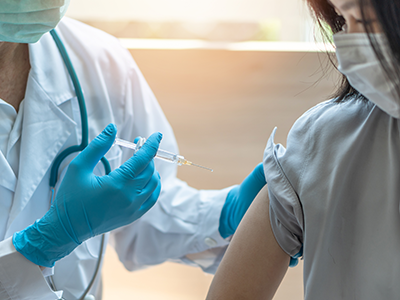 https://riseandshine.childrensnational.org/wp-content/uploads/2020/11/person-being-vaccinated-feature.png
300
400
Rise and Shine
https://riseandshine.childrensnational.org/wp-content/uploads/2017/11/childrens_riseandshine_logo.jpg
Rise and Shine2025-05-15 07:00:242025-05-23 10:39:33Answers to your questions about the COVID-19 vaccine and booster for children
https://riseandshine.childrensnational.org/wp-content/uploads/2020/11/person-being-vaccinated-feature.png
300
400
Rise and Shine
https://riseandshine.childrensnational.org/wp-content/uploads/2017/11/childrens_riseandshine_logo.jpg
Rise and Shine2025-05-15 07:00:242025-05-23 10:39:33Answers to your questions about the COVID-19 vaccine and booster for children


 Allison Silva, MD, is a third-year pediatric resident at Children's National Hospital and plans to go into pediatric primary care after residency. She has a special interest in healthy nutrition and food insecurity, and does research in these areas.
Allison Silva, MD, is a third-year pediatric resident at Children's National Hospital and plans to go into pediatric primary care after residency. She has a special interest in healthy nutrition and food insecurity, and does research in these areas.

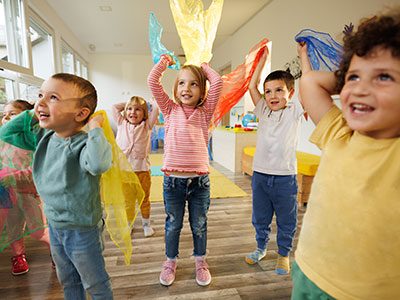

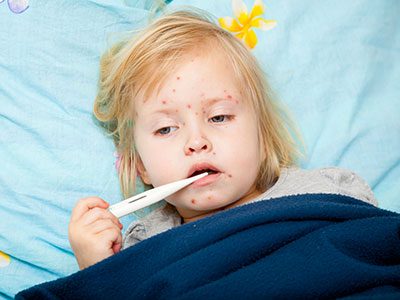

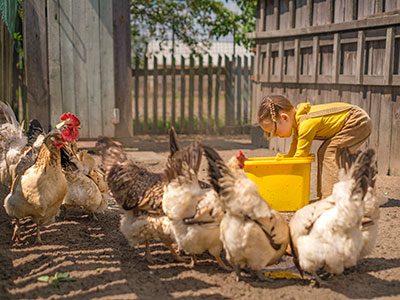
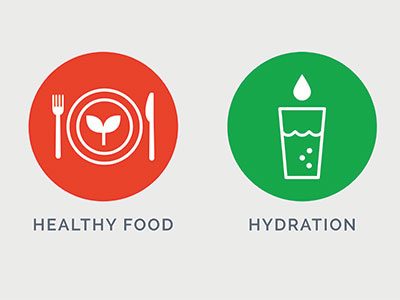
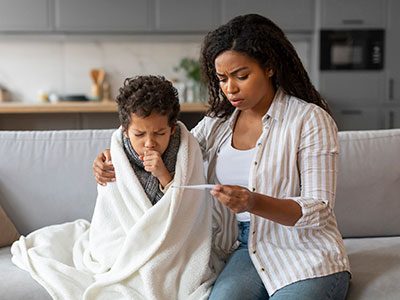



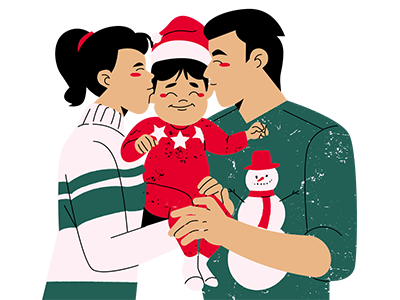
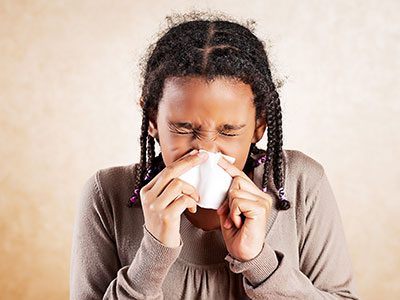
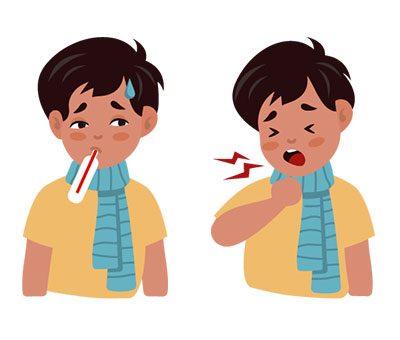
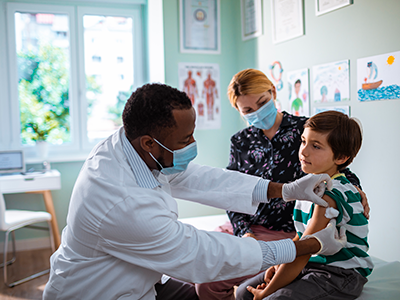
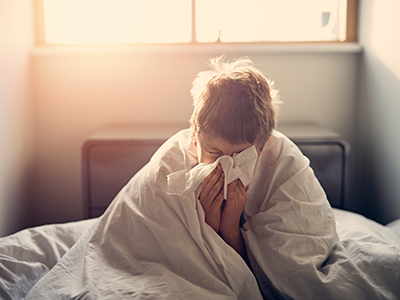
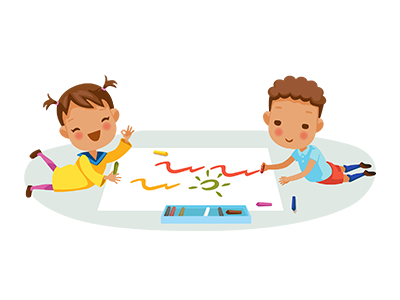
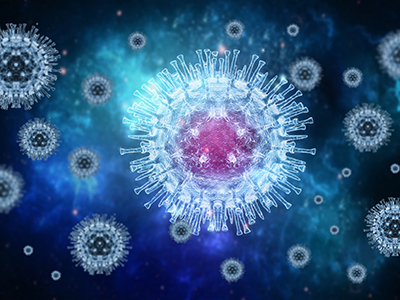
Leave a Comment
Want to join the discussion?Feel free to contribute!